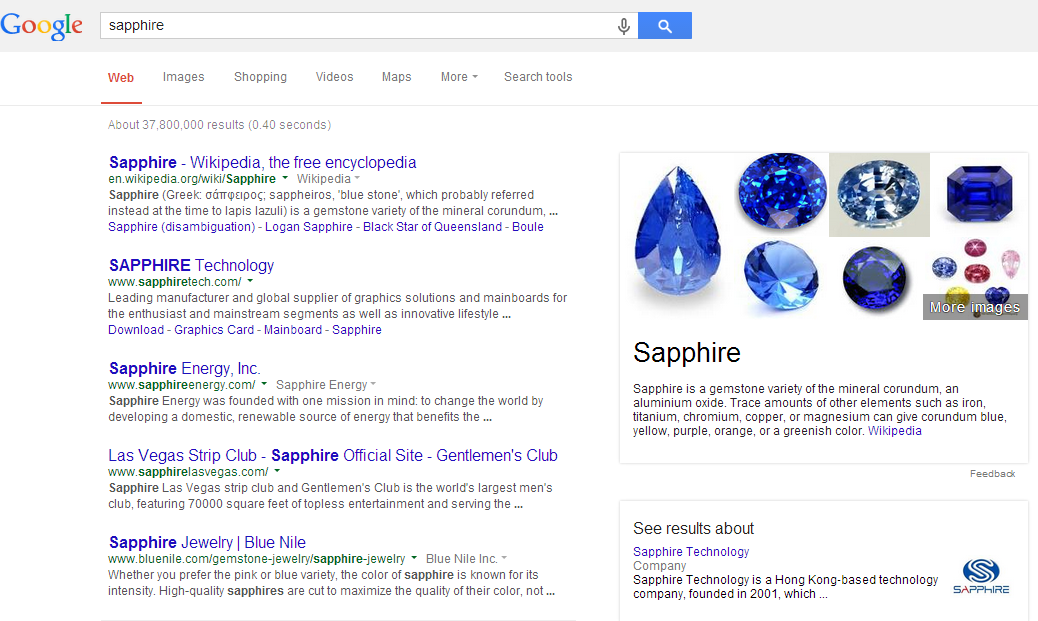Do “SEOs” still have jobs? Are they running out of work, or are they gradually becoming the busiest people in the marketing industry? Rand Fishkin, who traditionally comes to SMX with stat-heavy “proof-in-the-pudding” presentations, shared his opinions on the future of search.
Rand made a compelling case for “why the SEO revolution will not be televised” – or, why it’s quietly happening in front of marketers daily.
He offered a countdown leading to one major SEO truth, and three steps SEOs (or marketers in related roles) should consider if they want to hold onto their jobs and marketing results.
Why the SEO revolution won’t be televised:
5 Major shifts in SEO
- Far more diversity of results types. News. Images. Carousels. The types of results now available in SERPs mean there isn’t one format to target.
- Cannibalization of traffic-referring queries. Google’s definitions in answers are taking clicks away from sites. This was a topic of great debate at an earlier SES event, where Matt Cutts argued it’s not in Google’s interest to take traffic away from results. But Rand shared the SERPs to back up his theory. (Just search for “Sapphire.” Does Google provide an answer and image before you click?)

- Google’s backtracking on transparency under the guide of privacy. “Keyword not provided” has been on the minds of marketers for years, and it just keeps getting worse (as searches become more “secure”).
- Google+’s overwhelming influence. Google may say Google+ isn’t a direct ranking factor, but its impact is apparent to anyone logged in as they search. “If you’re in my circles, you don’t even need to do SEO anymore. It’s cheating!” Rand said.
- The long-awaited dominance and bias of search results toward brands is here. This has been theorized in the past, but Rand says it’s here. Brands are takings over SERP real estate.
4 Subtle changes
- Content growth is exceeding query growth. Rand shared a slide that showed the volume of content on the web is outpacing query growth. It’s clear where brands feel search is moving.
- On-page’s impact is growing after years of shrinking. Instead of carefully keyword-matched content, Hummingbird has helped Google with intent-matching.
- A new philosophy and approach to web spam. Back in the day Google used to say, “spam is our business,” but now people can report it – spam is “your problem.”
- Introduction and acceptance of machine learning to search quality algorithms.
 Rand explained this change with a crash course in machine learning: Sites that Google doesn’t like are input for feature factors (like, too many hyphens in a domain name). These features become signals for machine learning and we can see that the factors put into the machine learning algorithm, but as the system “learns” from the data, we can’t always perceive why it makes choices about what comes out.
Rand explained this change with a crash course in machine learning: Sites that Google doesn’t like are input for feature factors (like, too many hyphens in a domain name). These features become signals for machine learning and we can see that the factors put into the machine learning algorithm, but as the system “learns” from the data, we can’t always perceive why it makes choices about what comes out.
3 Ways marketers are reacting:
- Anger, distrust, resentment & retaliation (Let’s hate on Matt Cutts)
- Modification of strategic approaches (Okay, let’s do something different)
- Reject and/or ignore (Sell me my links!)
2 Related trends:
- The evolution of technical SEO. It’s not getting easier. Now we have authorship, rel=canonical, whole waves of schema markups.
- SEO identity crises. According to LinkedIn, those with SEO in job titles in US = 17,625, while those with SEO in job descriptions = 132,898.
This countdown points to:
1 Quiet revolution.
What’s next? If you work in SEO, create better expectations. If you’re investing in new channels, you could see dramatic benefit. “Early adopters of new channels or tactics will earn outsized returns (it pays off to be on the bleeding edge).”
Those who aren’t building brands will struggle in the years ahead. “Build one or be left in the dust.” (And note: Brands aren’t just for the big guys anymore.)



